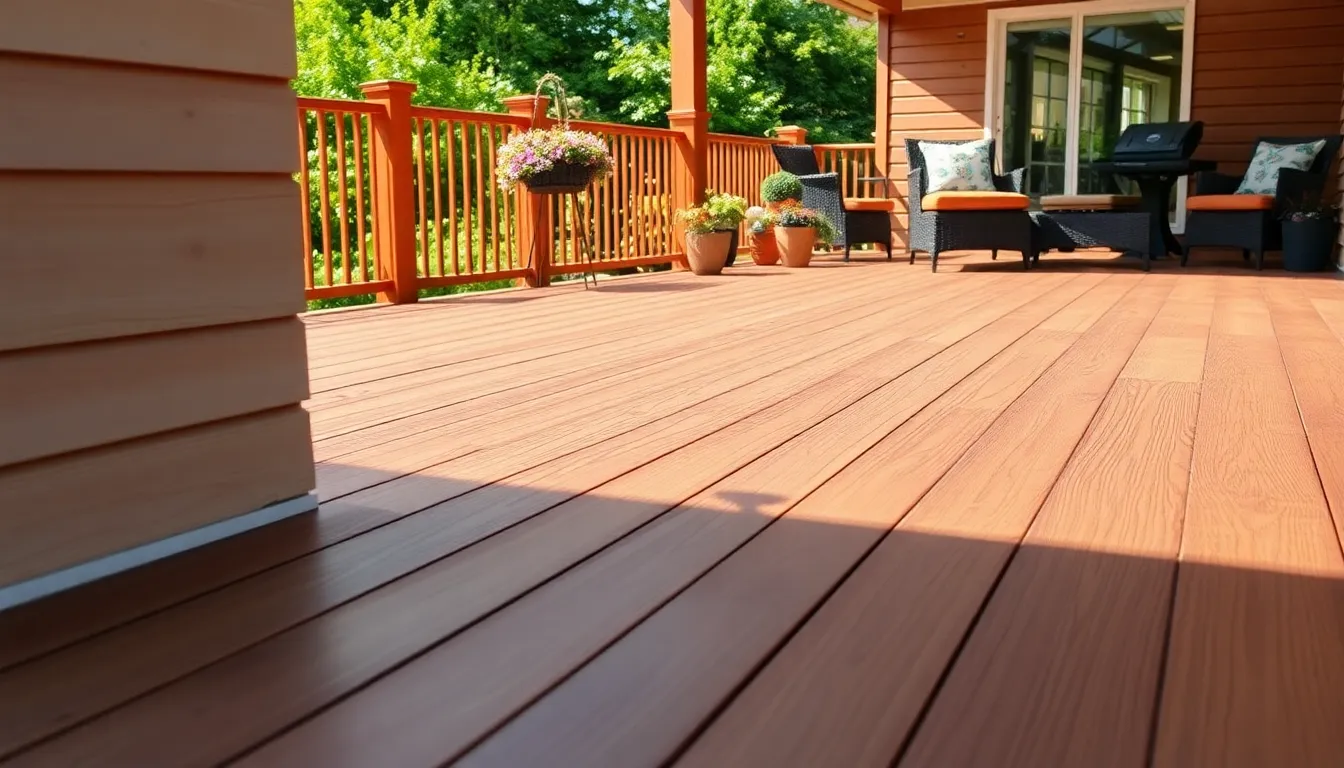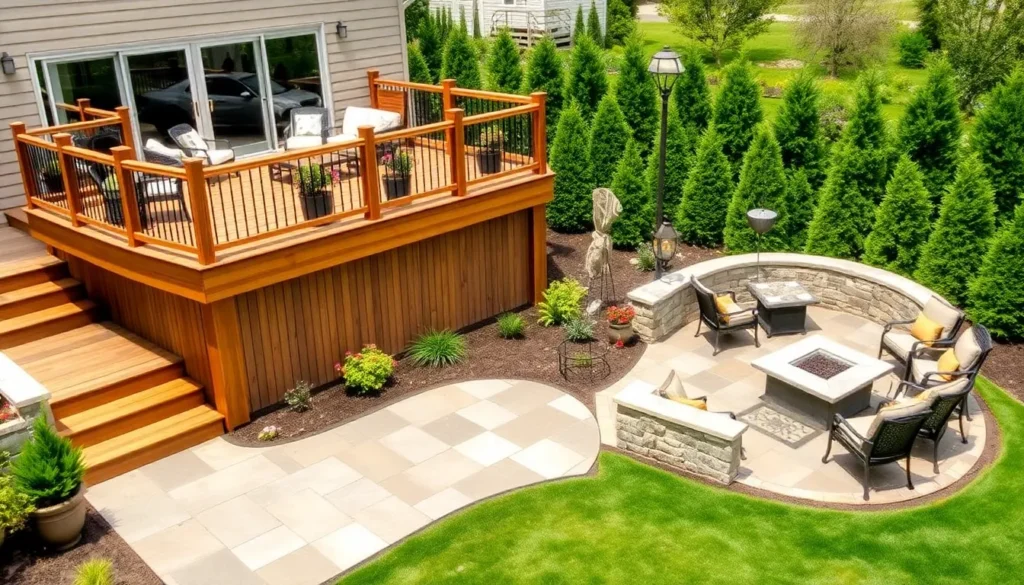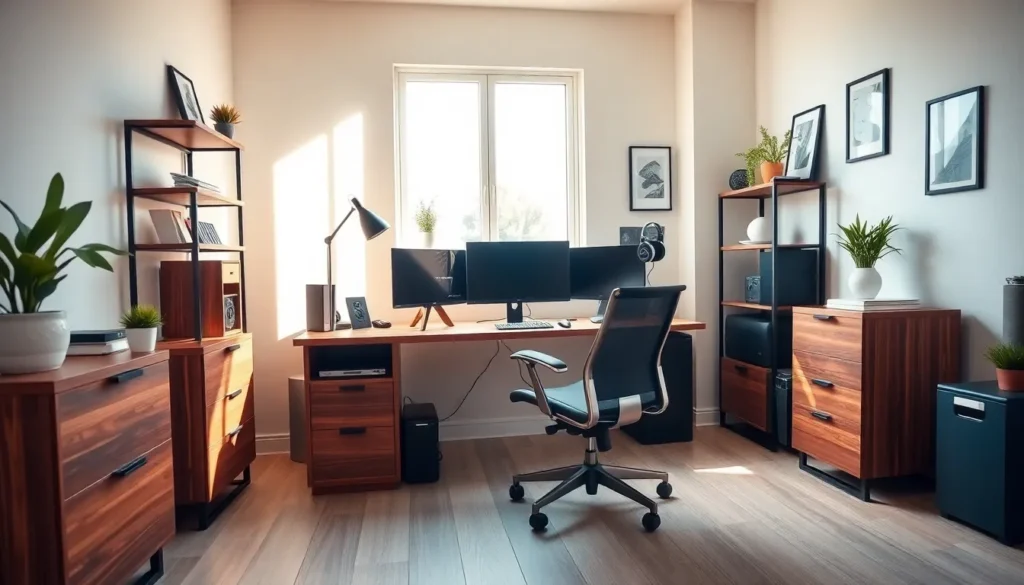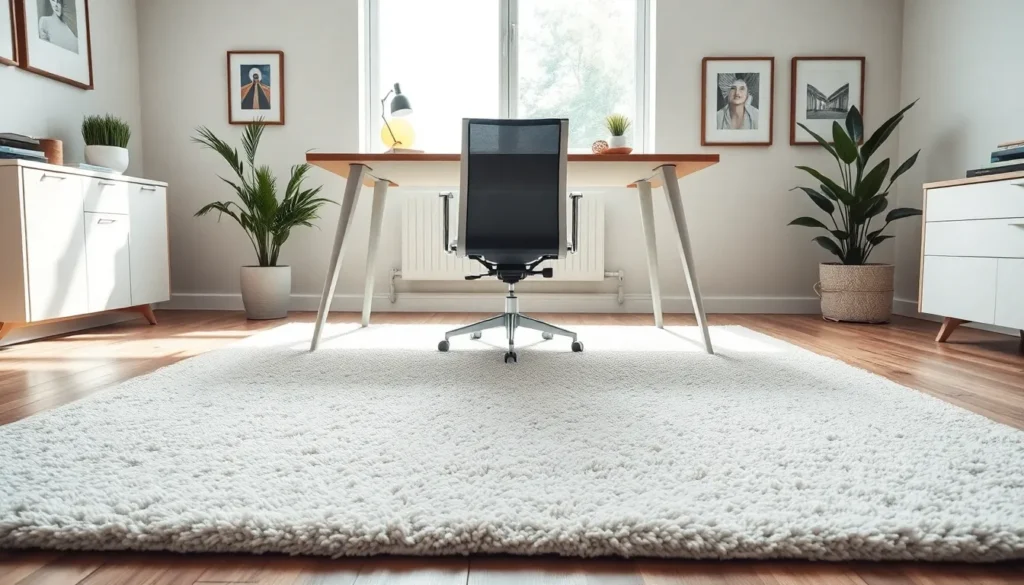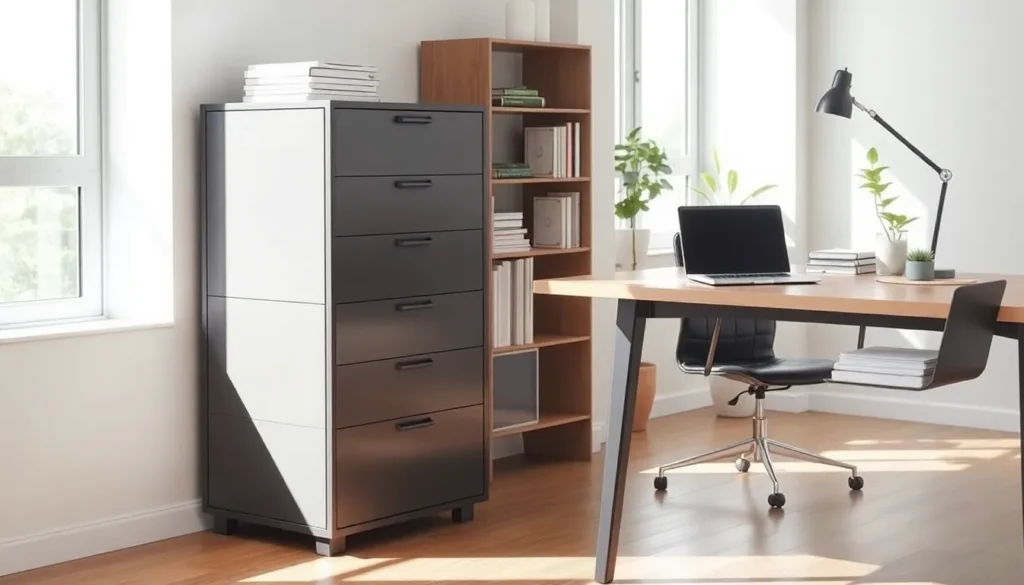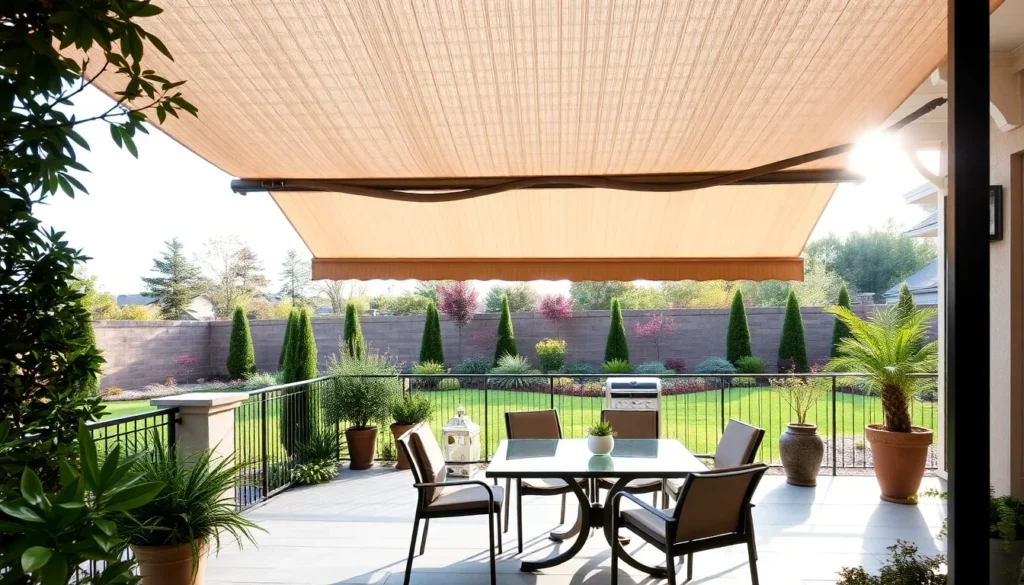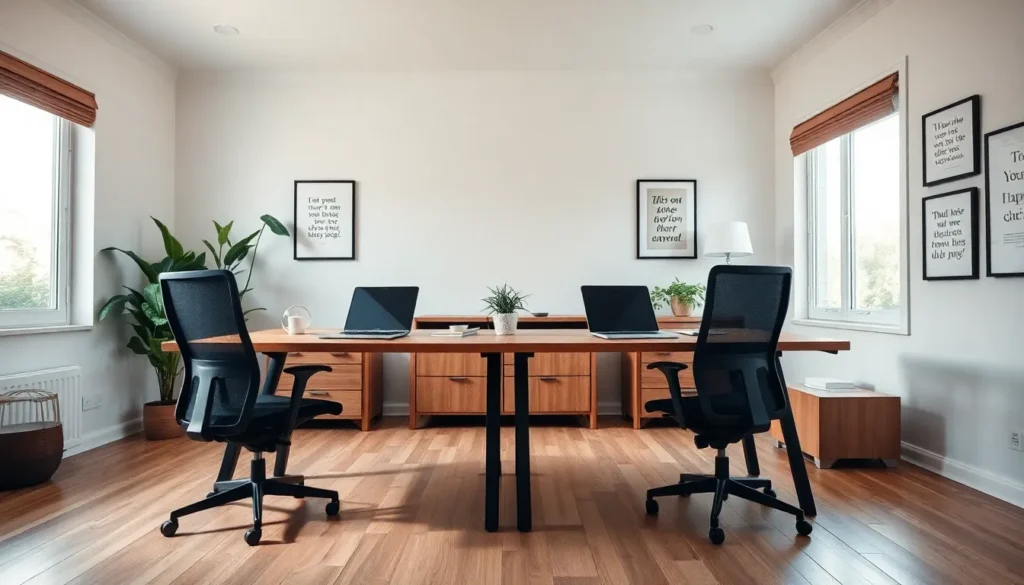Deck siding might not be the first thing that pops into mind when planning a home upgrade, but it’s time to change that. Imagine stepping onto a deck that not only looks stunning but also stands up to the elements like a champ. Whether it’s wood, vinyl, or composite, the right siding can transform an ordinary deck into an outdoor oasis that makes neighbors green with envy.
Table of Contents
ToggleOverview of Deck Siding
Deck siding plays a crucial role in enhancing the aesthetics and functionality of outdoor spaces. Various materials are available for deck siding, including wood, vinyl, and composite options. Each material has unique characteristics that cater to different preferences and budgets.
Wood siding offers a classic and warm appearance. It provides a traditional feel, but it requires regular maintenance, such as sealing and staining, to remain in good condition. Cedar and redwood are common wood choices, known for their natural resistance to moisture and insects.
Vinyl siding presents a low-maintenance alternative. It resists fading and is available in various colors, allowing for customization to any deck design. Vinyl does not require painting, making it a popular choice for homeowners seeking durability and ease of upkeep.
Composite siding combines wood fibers and plastic, providing the best of both worlds. This material mimics the appearance of wood while offering enhanced resistance to weather and pests. Composite options require minimal maintenance, making them an appealing choice for those prioritizing longevity.
Selecting the right deck siding involves weighing the advantages and aesthetic values of each material. Homeowners should also consider climate and local regulations when choosing siding. Evaluating these factors ensures a well-informed decision that enhances both appearance and resilience.
Types of Deck Siding
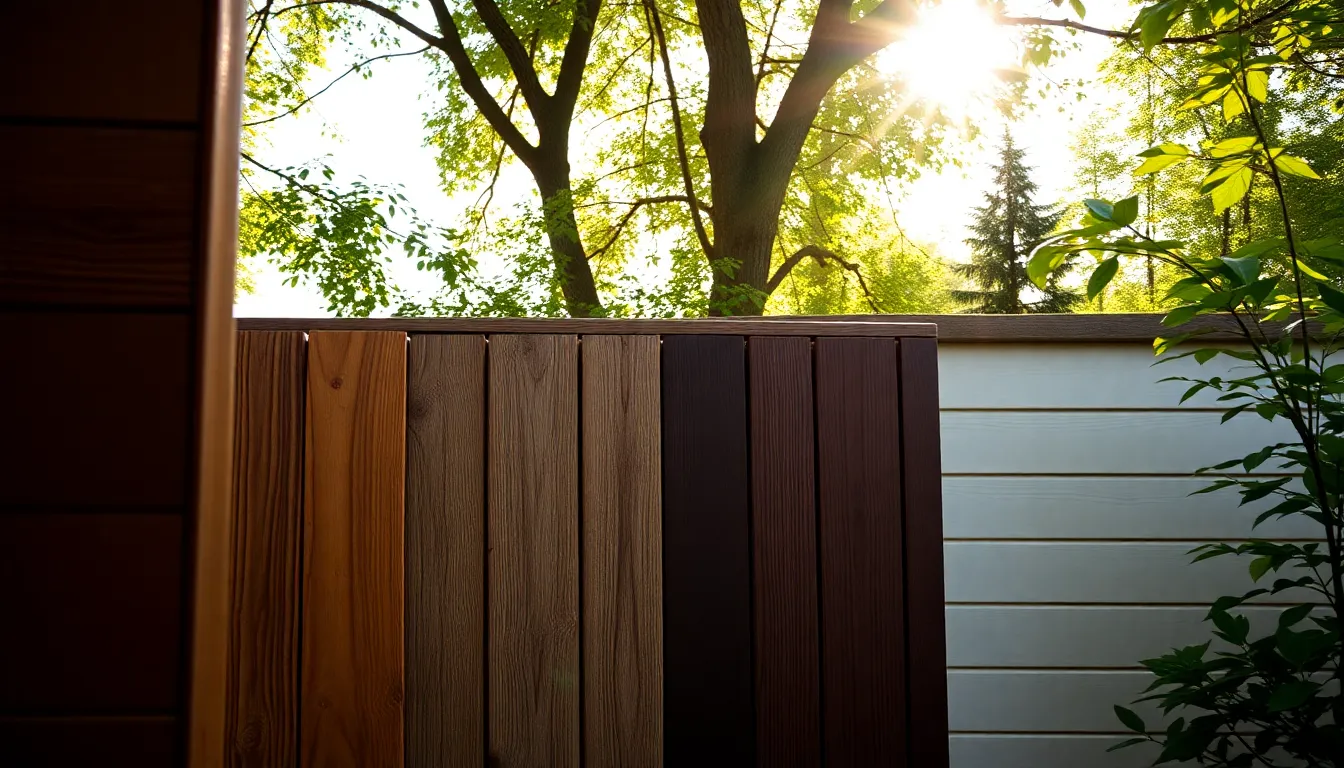
Different types of deck siding offer various advantages, helping homeowners choose the right fit for their outdoor spaces.
Wood Deck Siding
Wood deck siding provides a timeless aesthetic that enhances natural beauty. It comes in several types, such as cedar, redwood, and pressure-treated pine, each offering unique characteristics. Regular maintenance, including sealing and staining, protects wood from weather damage and prolongs its lifespan. Various finishes allow customization, making it easy to achieve the desired look. Sustainable options exist for environmentally conscious homeowners, ensuring a natural choice that complements surroundings.
Composite Deck Siding
Composite deck siding combines wood fibers and plastic, resulting in durability and low maintenance. This material resists fading, rot, and insects, making it suitable for various climates. Available in multiple colors and textures, composite siding mimics the appearance of natural wood without the upkeep. Homeowners appreciate its long-lasting performance and versatility. Some brands provide warranties, offering peace of mind with a reliable investment.
Vinyl Deck Siding
Vinyl deck siding stands out for its low maintenance and resistance to warping, cracking, and fading. It comes in a wide range of colors and styles, allowing for easy customization to match any aesthetic. Cleaning vinyl is straightforward, often requiring just soap and water. This material is also cost-effective, providing durability without the high price tag of traditional wood. Many homeowners value its affordability and ease, making it a popular choice for deck siding.
Benefits of Deck Siding
Deck siding offers numerous advantages for homeowners. By enhancing both appearance and functionality, it transforms outdoor spaces.
Aesthetic Appeal
A wide variety of materials ensures unique aesthetic options. Wood siding exudes warmth and classic beauty, captivating those who appreciate traditional styles. Meanwhile, composite siding mimics the look of wood while offering colored choices that enhance visual interest. Vinyl siding provides a sleek, modern appearance that complements contemporary homes effortlessly. Each option allows homeowners to create a tailored look that elevates their outdoor aesthetic significantly.
Durability and Longevity
Durability defines the value of quality deck siding. Composite siding features enhanced resistance to rot, fading, and pests, making it suitable for diverse climates. Wood siding, while beautiful, needs regular maintenance to prevent weather-related issues. Vinyl siding boasts impressive durability, resisting warping and cracking over time. Selecting resilient materials ensures that outdoor spaces remain appealing and functional for many years.
Low Maintenance Requirements
Low maintenance is a top benefit of certain siding materials. Composite siding, known for its minimal upkeep, requires only occasional cleaning to maintain its appearance. Vinyl siding simplifies maintenance even further, needing just soap and water for cleaning. Wood siding demands greater effort, requiring regular sealing and staining to protect against the elements. Choosing low-maintenance options allows homeowners to enjoy their decks without extensive care or effort.
Considerations When Choosing Deck Siding
Making the right choice for deck siding involves several important factors. Each consideration directly affects the overall aesthetic and functionality of the deck.
Climate and Weather Conditions
Climate significantly influences the choice of deck siding material. Areas with high humidity may lead homeowners to choose composite or vinyl siding, which resist moisture-related issues better than wood. Cold climates can also dictate material selection; wood may crack or warp in extreme temperatures, while durable composite options stand strong. Hot environments often lead to fading, so siding materials with UV resistance, such as certain composites and vinyls, may work best. Windy regions benefit from sturdy options that won’t be easily damaged. Understanding local weather patterns helps homeowners choose the best siding for long-term durability.
Budget and Cost Analysis
Cost factors heavily into the decision-making process for deck siding. Wood siding often comes at a lower initial price but requires ongoing maintenance, adding to long-term expenses. In contrast, composite options generally represent a higher upfront investment, yet they save money over time due to lower upkeep costs. Vinyl siding provides a budget-friendly alternative, offering durability and minimal maintenance requirements. Homeowners should assess their budget not only for initial expenses but also for potential future costs related to upkeep and repairs. Evaluating the overall financial commitment helps avoid unforeseen expenses later on.
Choosing the right deck siding is crucial for enhancing both the beauty and longevity of outdoor spaces. Each material presents unique benefits tailored to different needs and preferences. Whether opting for the classic charm of wood the durability of composite or the affordability of vinyl homeowners can find a suitable option that aligns with their vision and lifestyle.
The decision should factor in climate conditions maintenance requirements and budget considerations. By understanding these elements homeowners can make informed choices that not only elevate their deck’s aesthetics but also ensure it stands the test of time. Investing in quality deck siding is a step toward creating a welcoming outdoor environment that adds value and enjoyment to any home.

